Grubs—those soft, white beetle larvae curled up in a “C” shape—can wreak havoc on your lawn.
They feed on the grass roots, leading to brown patches, thinning turf, and even increased visits from animals like raccoons or birds looking for a snack.
If you’re dealing with a grub infestation, chemical pesticides may seem like the quickest fix, but they can harm beneficial insects, pets, and even water systems.
Fortunately, there are several natural and eco-friendly methods to control and eliminate grubs from your lawn. Let’s explore them.
1. Apply Beneficial Nematodes
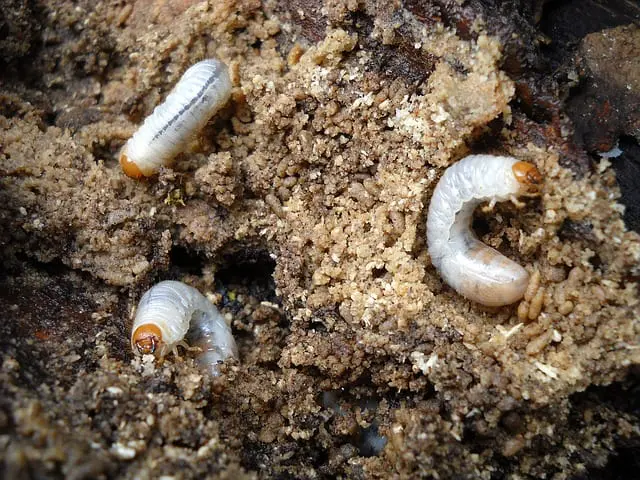
Beneficial nematodes are microscopic worms that naturally occur in soil and prey on grubs. They enter the grubs’ bodies and release bacteria that kill them within 24 to 48 hours. This method is highly effective, completely natural, and safe for pets, people, and the environment.
- How to use: Mix nematodes with water and apply to a moist lawn using a hose-end sprayer.
- Best time to apply: Late summer to early fall, when grubs are small and active near the surface.
2. Use Milky Spore
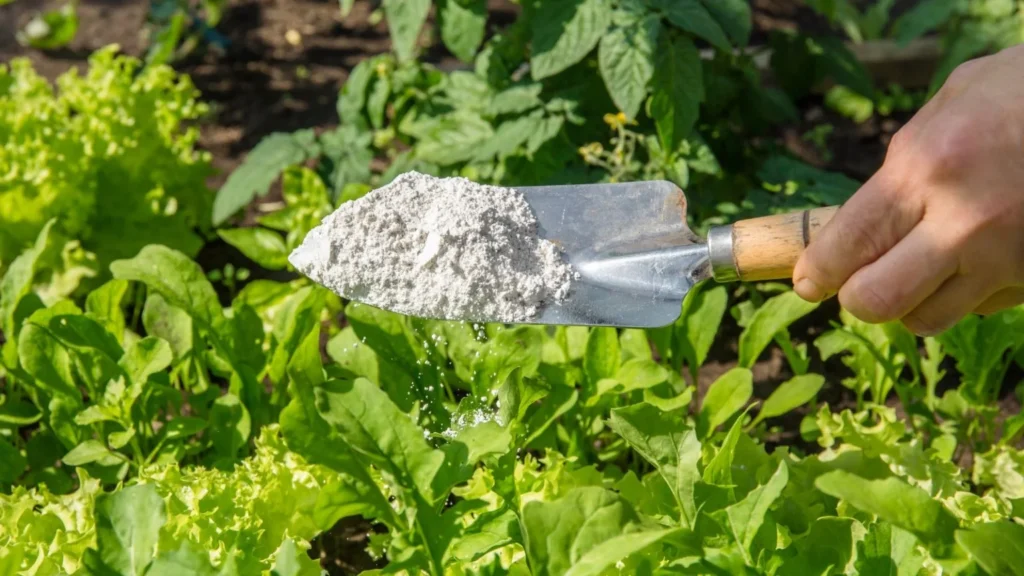
Milky spore is a bacterium (Bacillus popilliae) that specifically targets Japanese beetle grubs. Once applied to your lawn, the grubs ingest the spores and die. Over time, the spore count builds up, creating long-term protection.
- How to use: Sprinkle milky spore powder over your lawn, preferably before a rain, or water it in.
- Benefits: A one-time application can offer protection for up to 10 years.
- Limitations: Effective primarily against Japanese beetle grubs, not all grub species.
3. Encourage Natural Predators

Birds, skunks, raccoons, and even moles feed on grubs. While some of these animals can cause lawn damage themselves, encouraging birds in particular can be a helpful and harmless approach.
- How to help: Set up bird feeders and birdbaths to attract grub-eating birds like robins and starlings.
- Bonus: Birds also eat other lawn pests like caterpillars and beetles.
4. Maintain a Healthy Lawn
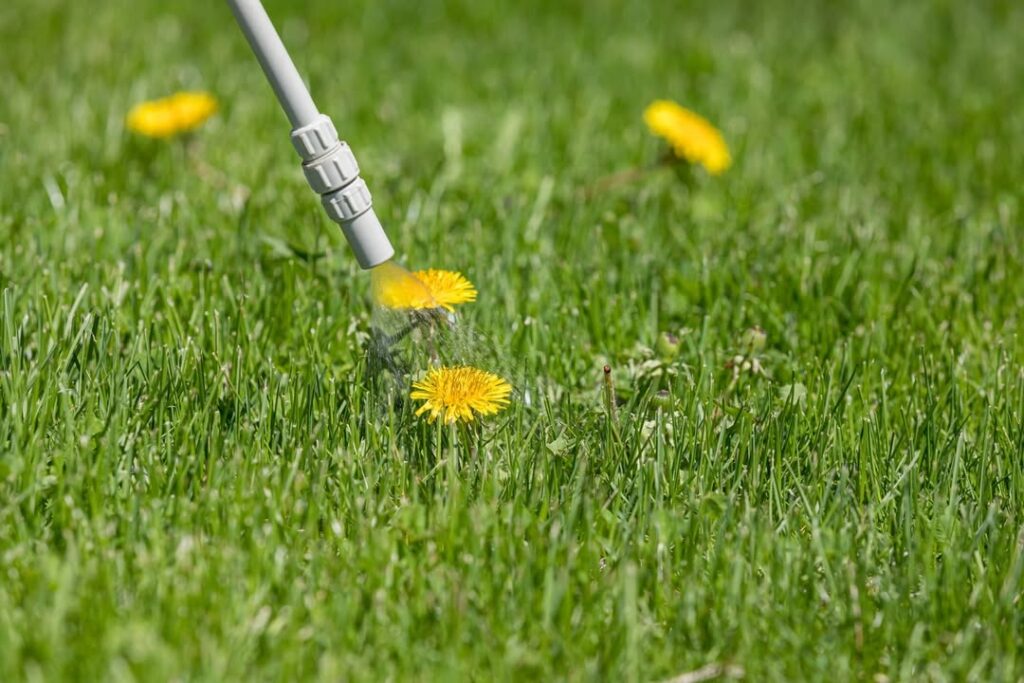
A thick, healthy lawn is your best defense against grub infestations. Grass with deep roots can better withstand grub damage, and a well-maintained lawn discourages beetles from laying eggs in the first place.
- Tips:
- Mow high to promote deep roots.
- Aerate compacted soil.
- Water deeply but infrequently.
- Overseed in fall to crowd out weeds and grubs.
5. Dethatch and Aerate
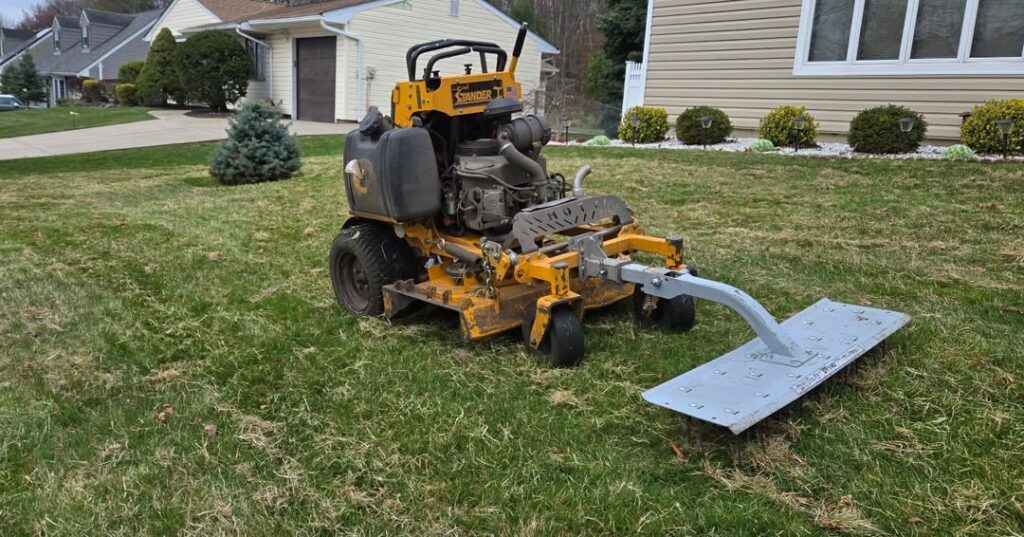
Grubs love thatch—a layer of dead grass between the soil and living grass—because it provides a moist, protected environment. Dethatching and aerating improve soil drainage and make it harder for grubs to thrive.
- Dethatching: Use a rake or dethatching tool to remove the thatch layer.
- Aeration: Poke holes into the soil to allow air, water, and nutrients to penetrate deeply.
6. Apply Neem Oil
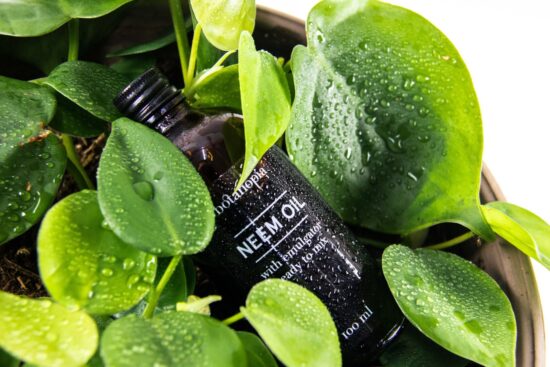
Neem oil is a natural insecticide derived from the neem tree. It interferes with the feeding and reproductive cycles of insects, including grubs.
- How to use: Mix with water and spray on your lawn.
- Note: Works best on young grubs and must be reapplied periodically for continued effect.
7. Use DIY Soap and Water Solution
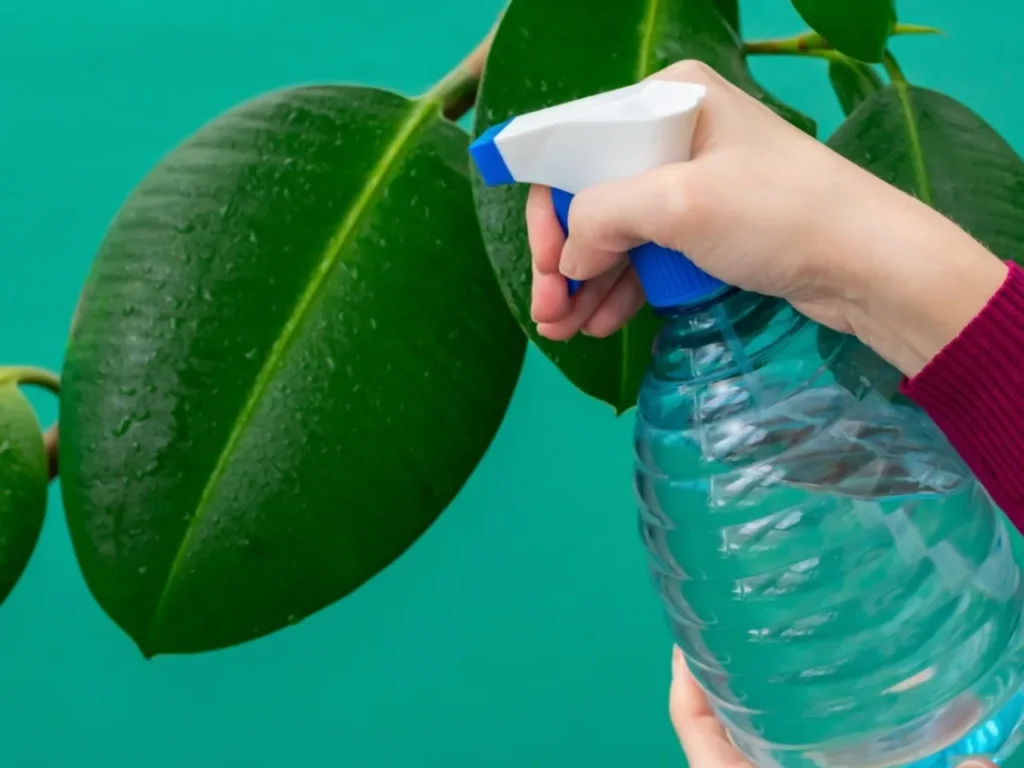
A simple mixture of dish soap and water can help bring grubs to the surface, where you can manually remove them or allow birds to do the work.
- How to use: Mix 2 tablespoons of dish soap in a gallon of water and spray over suspected grub areas.
- Watch: Grubs will rise to the surface within minutes.
Final Thoughts
Getting rid of grubs naturally requires patience and consistency, but it’s entirely possible—and better for your lawn, your pets, and the planet.
A combination of beneficial nematodes, milky spore, and good lawn care practices will help you tackle the problem now and prevent it from coming back later. Your lush, green lawn will thank you.
